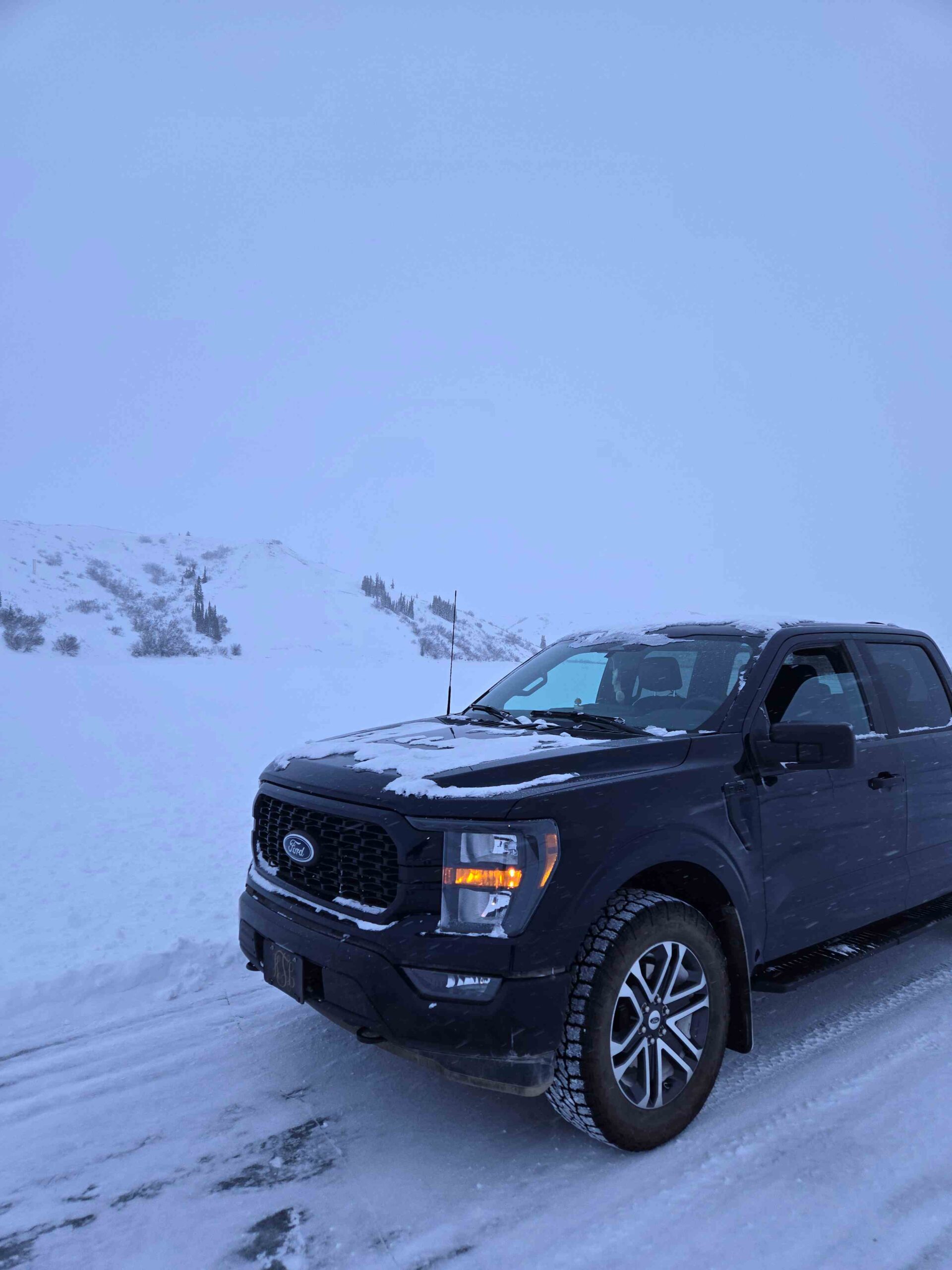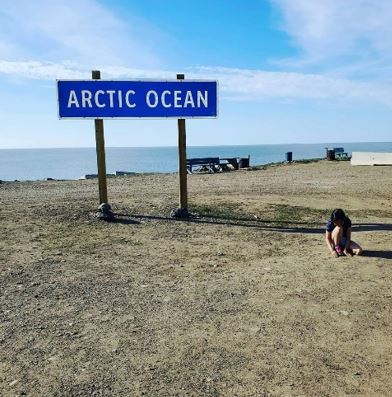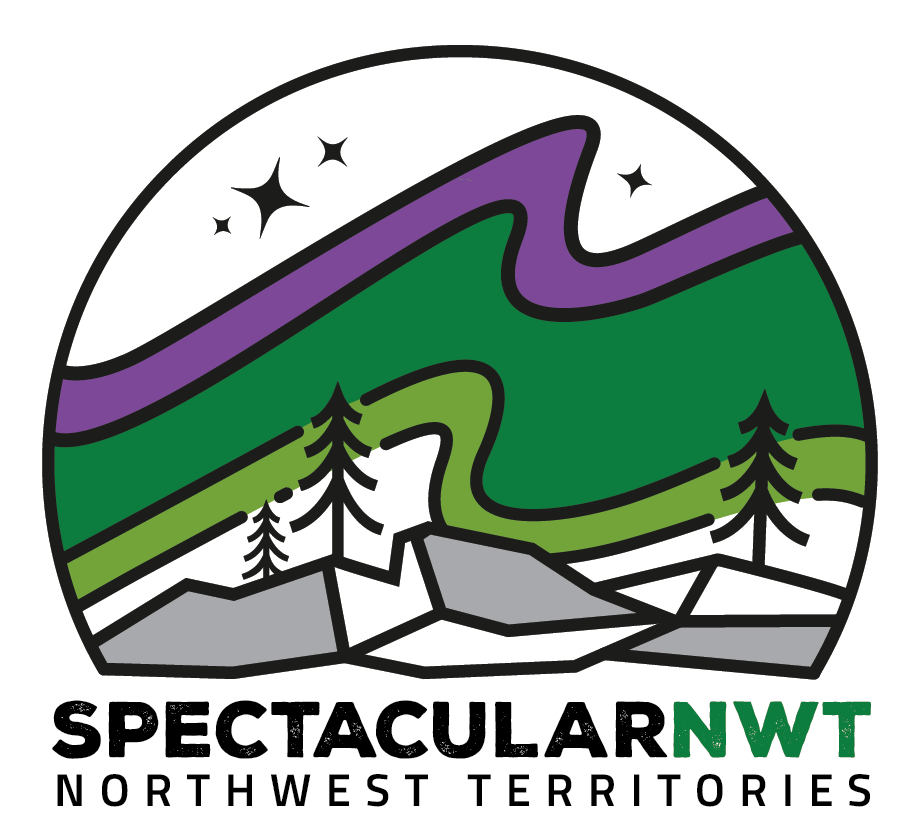Ice Road Truckers, the TV series, made Yellowknife trucker Alex Debogorski a star.
But the show’s other hero was the ice-road itself, leading north from Yellowknife to the Northwest Territories’ diamond mines. Here’s the science that underlies it:
Ice begins forming on lakes in the North in autumn. In December, helicopters carry workers out to measure the thickness. Once it reaches 30 centimetres, amphibious tracked vehicles are deployed to plow the road-route clear of snow. The biggest thing is getting insulation off the ice, and that’s snow.
Next, radar gauges thickness along the route. Anywhere it’s thin, it’s flooded. Once the road is 40 centimetres thick, large grooming machines plow it to its full 45-metre width.
As temperatures drop, thickness grows and more equipment can go on the ice. That allows construction of the road’s 64 portages – roads over top of the tundra between the lakes.
The road usually opens to light truck traffic just before February, when the ice hits 75 centimetres. Twin-tanker loads have to wait until it’s more than a metre thick, though. The road normally remains open into early April.



























